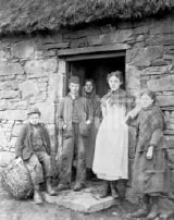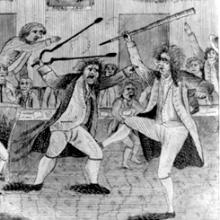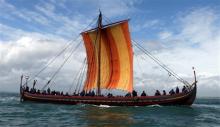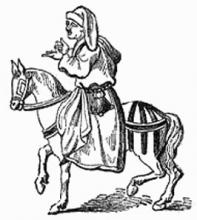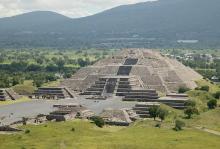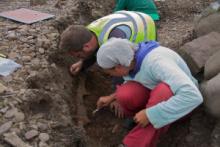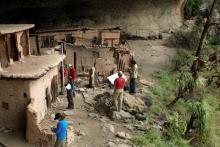Highland Land Raids
The Occupations now happening all over the world are not a completely new form of popular protest. This tactic, in one form or another, has been used for many centuries, and one of those forms was the Highland “land raid.”
After the defeat of the last uprising of the Highland clans in 1745-1746, the ancient warrior society of the Scottish Highlands was destroyed forever. The warrior class of the clan system were the first to emigrate in the generations following the defeat of the uprising. The warriors or “Highland gentlemen” had always been a kind of middle class between the clan chiefs and the rural peasantry, but now with that middle class gone there was a huge gulf instead of a united clan. On one side of the gulf, the now Anglicized clan chiefs, who no longer identified with Gaelic culture and now saw the peasants as mere tenants rather than clansmen. Along with the alienated chiefs were the new landlords from England and the Scottish Lowlands. On the other side of the gulf, the common people, now with no warriors to protect their interests and with increasingly little connection to the ruling chiefs.
The tragic result of this was the Highland Clearances, in which thousands and thousands of Highlanders were brutally cleared from their ancestral homes to make way for herds of sheep to profit the landlords. Evictions were carried out with the help of soldiers and sheriffs, often leaving the Highlanders with nowhere to turn except the small unprofitable crofts on barren land to which the landlords drove them. At first the Highlanders did not actively resist, but by the 1880s they had finally had enough. The tactics they adopted were eviction resistance and the use of the “land raid” or occupation.
Land raiders would occupy the fertile lands from which their grandparents had been cleared, refusing to leave until they were granted suitable farm-land at a rent they could afford. The reaction of the landlords and the authorities was brutality and violence, but the crofters fought back with cudgels and stones in the so-called “Crofters' War.” The land raids continued until the Second World War, and the motto of the land raiders was this:
“Is treasa tuath na tigherna”: the clan is mightier than the chief.
